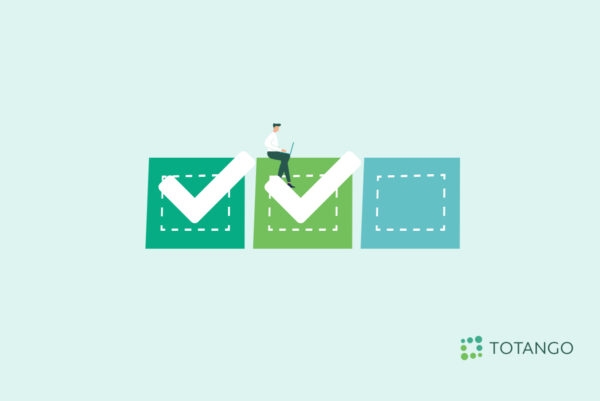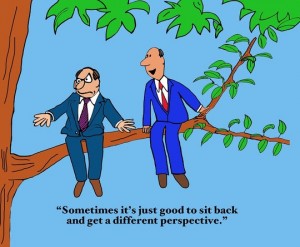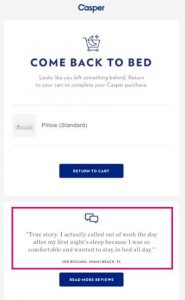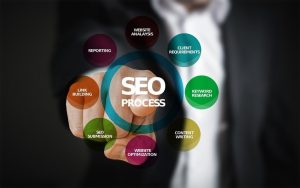
Attracting new leads is great—but what then? Retaining loyal customers is equally as important as converting them in the first place, perhaps even more so. How do you address, much less predict, your customers’ needs and goals as they naturally grow and evolve over time in order to foster a lasting connection?
Good B2B Customer Lifecycle Management (CLM) solutions set both you and your customers up for long-term success. However, choosing the best solution for your enterprise is critical to optimizing lifecycle management and maximizing success.
Choosing the Best B2B Customer Lifecycle Management Solution for Your Enterprise
The first obvious step in choosing a B2B CLM solution is to look up lists of those that have been determined to be the best across the board. These generalized lists, however, will only get you so far without context. To find the solution that best fits your business needs and goals, it is important to know what functions and features an ideal solution would offer.
When reviewing your options, consider the following:
- Data architecture: Tracking and interpreting customer behavior is the bread and butter of CLM. Look for a solution that includes a customer data platform that makes it easy to collect, analyze, and share key metrics, such as license and product utilization, between teams and team members to improve efficiency as well as efficacy.
- Customer health: Many solutions rely heavily on Customer Health Scores or Net Promoter Scores, which take various customer data metrics and organizes them into three categories: Happy customers, room for improvement, and requires immediate attention. An ideal solution should provide valuable context at a glance that illuminates the “why” behind a customer’s score. Beware of vanity metrics that don’t tell the full story. Any health mechanism should be actionable and provide insights into the next steps.
- Customer journey mapping: In addition to evaluating customer satisfaction in the moment, it is equally as important to be able to view such data within the larger context of the customer journey. What stage is a customer at, and are they headed in a positive direction? Lifecycle management solutions that can help your team answer these questions quickly and comprehensively will be more successful in both the short- and long-term.
- Customer-centric growth: Successful CLM will result in mutually beneficial growth for you and your customers alike. The right solution will, therefore, be a scalable one that can grow with your enterprise and adapt to changes in business strategy or focus, whether gradual or sudden, with ease.
Ultimately, the best B2B CLM solution will be one that is flexible enough to adapt to whatever your enterprise’s unique goals and KPIs may be, both now and in the future.
Improving CLM with Adaptive CS Technology
Effective CLM requires a goal-oriented approach, with clear milestones to strive for and a straightforward roadmap to follow. As customer success plays such a key role in determining the overall success of a B2B enterprise, it follows, then, that utilizing the right customer success technology could likewise significantly improve CLM.
In today’s customer-centered economy, the surest path to successful CLM can be paved by always keeping your customers’ best interests at the heart of your strategy. Finding the right solution will allow your team to better serve your customer’s needs—and as the saying goes: “Happy customers, happy company.”
Business & Finance Articles on Business 2 Community
(47)








